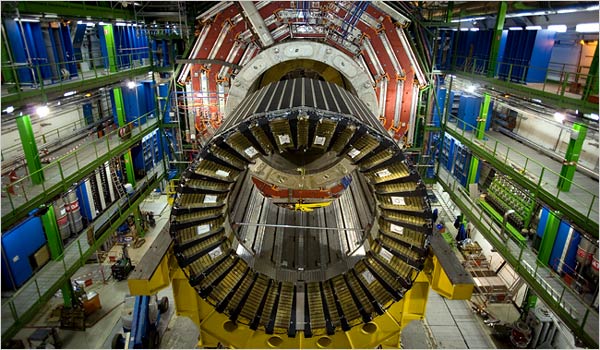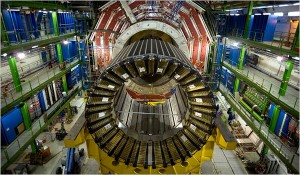This seemingly simple question has had physicists around the world working to detect and identify the Higgs boson, known in popular media as the “God particle,” the physical constituent that has long been thought to interact with other forms of matter, giving it mass. The search has lasted since 1964, the year that physicist Peter Higgs and his colleagues presented the scientific community with a fully fleshed-out theory on the mass-giving particle; more than 45 years later, the search may be over.
Scientists working in Switzerland’s CERN-owned Large Hadron Collider announced yesterday that years of study have culminated in observations of a new particle, thought widely to be the Higgs boson due to its intrinsic properties. While some of the particle’s properties have yet to be analyzed, it was found in the the mass region around 125-126 GeV, the energetic area expected to produce the “God particle.”
I congratulate the thousands of scientists around the globe for their outstanding work in searching for the Higgs boson. Today’s announcement on the latest results of this search shows the benefits of sustained investments in basic science by governments around the world. Scientists have been looking for the Higgs particle for more than two decades; these results help validate the Standard Model used by scientists to explain the nature of matter.
– Steven Chu, U.S. Secretary of Energy
The announcement is being hailed by scientists from every part of the globe as a major success story in the long search for one of the most important fundamental particles in the universe (not to mention its popularity with those in design fields given scientists’ use of the widely-loathed Comic Sans font in their presentation materials), as the $6 billion LHC particle accelerator continues to analyze new detail in the hopes of offering indisputable evidence of the new particle next year.
Absolute surety or not, July 3, 2012 will be remembered throughout scientific history as the day that humankind’s ingenuity lead us to to solve one of the most subtle mysteries of the physical universe.
Source: Fermilab Today


